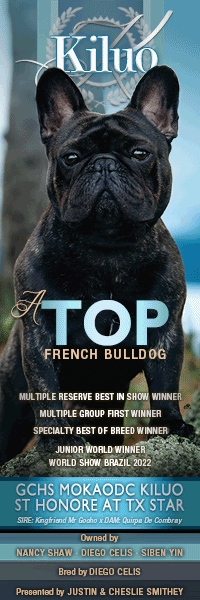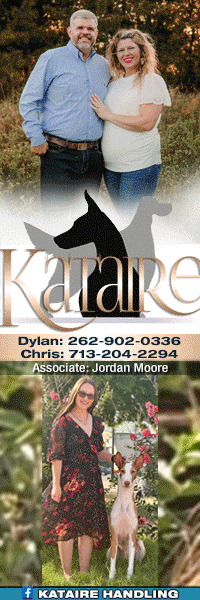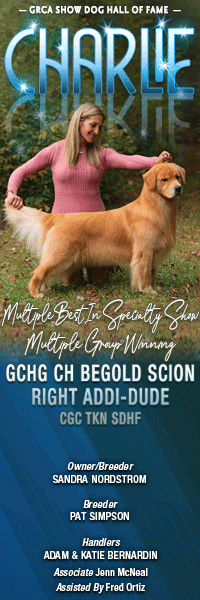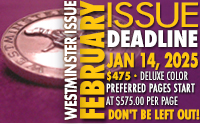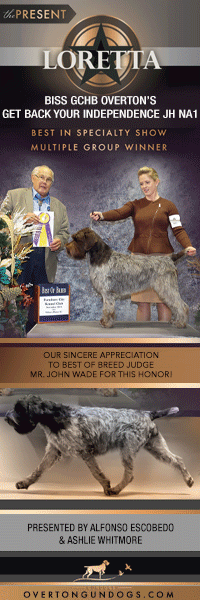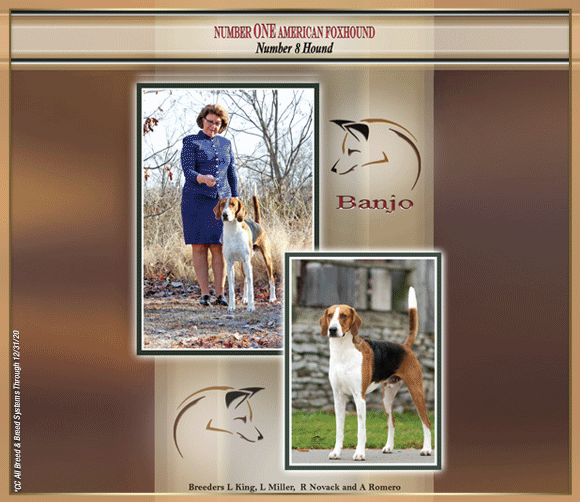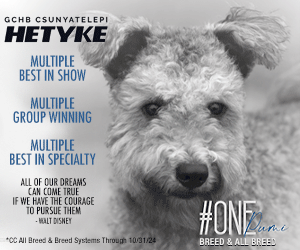One Man’s Opinion – Back At The Garden
EDITOR’S NOTE: From the archives of The Canine Chronicle, this article was written by the late, great Ric Chashoudian in 1993
One of the rewards of growing older in this sport and reflecting on it is the chance to remember the great dogs I have seen over a period of fifty years. It goes back to when 250 entries were the average entry at a dog show. I can remember an entry fee of $1.75 plus a $.25 listing fee for the AKC. I remember benched shows–they all were–when there was a stiff fine if your dog was not on the bench during the time period that he was supposed to be there. I can remember three top judges judging the whole show, or even only one judge on some occasions. I remember the great respect we had for some of these judges that had paid their dues in the sport and proven themselves. Some of the wins under these outstanding judges were the most satisfying moments of my career. Some of the defeats were crushing and took weeks to get over.
I can tell you about a defeat that I still think about. When I was young, Airedale Terriers were one of my key breeds. Not only was this breed important to me financially because Airedales were my two best client’s breeds, but it was my original show breed.
I met Peter Green, the same Peter Green from Pennsylvania we all know now. Peter was nineteen years old at the time. He had just been flown across the Atlantic from Wales by Mrs. Urmston to work privately for her at her kennels located in Malibu, California. I was about twenty-five years old at that time, six years older than Peter. Mrs. Urmston was angry with me because I had been showing dogs for her and she had me tied up for her first call in Kerry Blues, Airedales, Wire Fox Terriers, Welsh Terriers and Lakelands. This became a financial burden for me because these were some of my major money-making breeds. It became much more lucrative for me to have different clients for these other breeds. I decided to inform Mrs. Urmston of my decision. She became very angry with me. She decided to hire Fred Young, a good friend of mine. This was about the time that Mr. Green arrived on the scene in Malibu. He would be put in charge of most of Mrs. Urmston’s Terriers, and would show some of her hard-coated terriers. Fred would show her Kerry Blue.
I met Peter for the first time at an evening all-terrier match where Mrs. Urmston brought him to show one of her promising young Wire Fox Terrier puppies. I went up to Peter and introduced myself. Right away, after talking to him for five minutes, I could feel the same intensity for this sport that I had. It did not take much more than that one night under guarded circumstances for Peter and me to become in tune with one another. Because Mrs. Urmston was so angry with me, she forbade Peter to see me, but I would call Pete on the phone and ask him how he was doing. I found out that he was working extremely hard in the kennel with about sixty dogs to take care of and no car. I would drive out to Malibu–about forty miles from the San Fernando Valley where I lived–to take him out for an evening. Peter and I became close friends. Later on, Mrs. Urmston and I patched things up and became very friendly again.
Getting back to what I started to write about, Peter told me about a young, good Airedale dog in England belonging to the Jokyl kennels. He told me that the dog could be bought. I quizzed Peter about this dog over and over and decided to approach my clients about maybe going in together on the dog as the price on him was $3,500, which was a very high price to pay for a dog in the 1950s. They bought the dog, which made me very happy. The name of the dog was Jokyll Bengal Lionheart. He was the big winner in England the year prior to us buying him.
When I went to pick this dog up at the Los Angeles International Airport, I was very excited. When I got the dog home to my kennel, opened his crate, and started looking at him, I decided that he was the most beautiful Airedale I had ever seen. I was very indebted to Peter for telling me about this dog.
I qualified this dog for the Westminster Show and was looking forward to the opportunity to bring him out under a great judge by the name of Alva Rosenberg. He would be shown in the Open class at the Terrier Specialty show in New York the day before the Garden. I have never worked on a dog harder than this one. I had this dog looking like apple pie. He was done as good an any dog I have ever shown.
Mr. Rudy Tauskey, the great photographer on the East Coast, stopped and looked at the dog on the grooming table, introduced himself to me and told me that he had never seen a Terrier looking any better than I had this dog. I was very pleased with myself because Mr. Tauskey was considered one of the great dog authorities in this country. If you had a dog that was a good one on the East Coast, you wanted Mr. Tauskey to photograph him. I was not from the East Coast. We had our own legend on the West Coast. Her name was Joan Ludwig.
In the old days, the Terrier Specialty Shows the day before the Garden were held in an old armory with wood floors and steam heat. Most of us brought our dogs into the armory the night before to get a spot, feed, exercise and water them. I got out of there at about 11 o’clock the night before and came back to the armory at about 6:30 AM the next day. When I walked into the armory, I noticed how warm it was as the steam heat seemed to have been turned too high. I, along with my help, exercised the dogs, about ten dogs as I remember, then went downstairs to get a couple of pails of water to water them. When we put the water in for them to drink, we noticed that the dogs were tanking up like they were dehydrated. Before I realized it, my help had given my Airedale dog, whose name was Skipper, three pans of water. When I took him out of his crate, he looked like he was pregnant with about two weeks to go.
The Airedale judging was early. I took Skipper into the open class under this great judge and promptly got a third place ribbon with the dog I thought was going to go Best of Breed from the classes. This was probably the worst defeat in my lifetime of showing dogs. I will never forget it. I had a couple of Seconds in the Groups at the Garden that were heartbreakers for me, however, not quite as bad as this defeat in the Open class under Alva Rosenberg.
Skipper did redeem himself, though. He wound up being the top terrier in the country the next year.
I will never forget the highs and lows of wins and defeats at the Westminster Dog Show. The California handlers only went to the East Coast once a year and that was for the Westminster Kennel Club dog show. It was almost like a territorial thing where we would take our best and see how they would fare with the best of the East and Midwest. This was way before air travel with dogs was prevalent. Air travel with dogs was done on old, two engine prop planes. For us, it was the old Flying Tiger Line that we went on. It was a nineteen-hour trip from Burbank, California, to Newark, through Salt Lake City and Detroit. The dogs, tack, handlers, and helpers were weighed in as freight. Those were the days, just thinking about the week leading up to Westminster gets the blood pumping. Till next time.
Short URL: https://caninechronicle.com/?p=197391
Comments are closed


